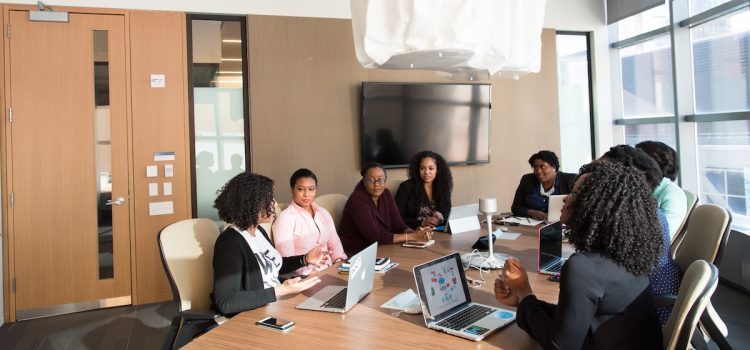Do you have a thinking partner? How does a thinking partnership work? In her book Time to Think, Nancy Kline presents a step-by-step process for taking on the role of the listener to help someone else engage in higher-quality thinking. The exciting result is the generation and sharing of great ideas that lead to powerful action. Keep reading to learn how to create a thinking partnership by using Kline’s six-step thinking session format.
How to Create a Thinking Partnership: The 6-Step Session










